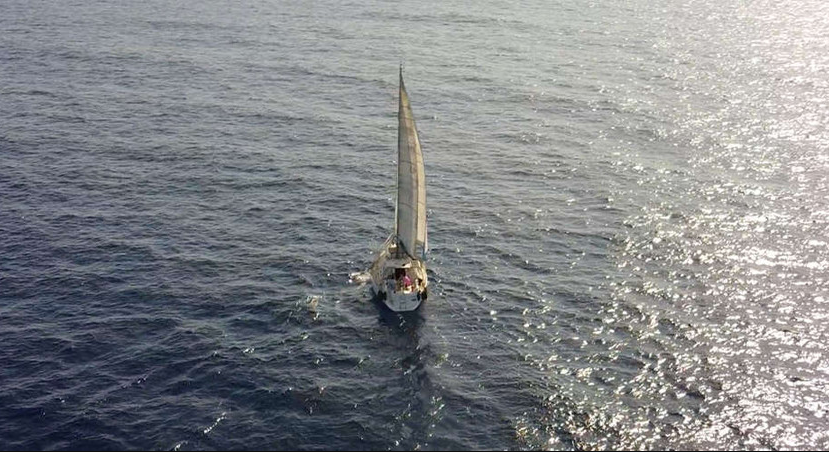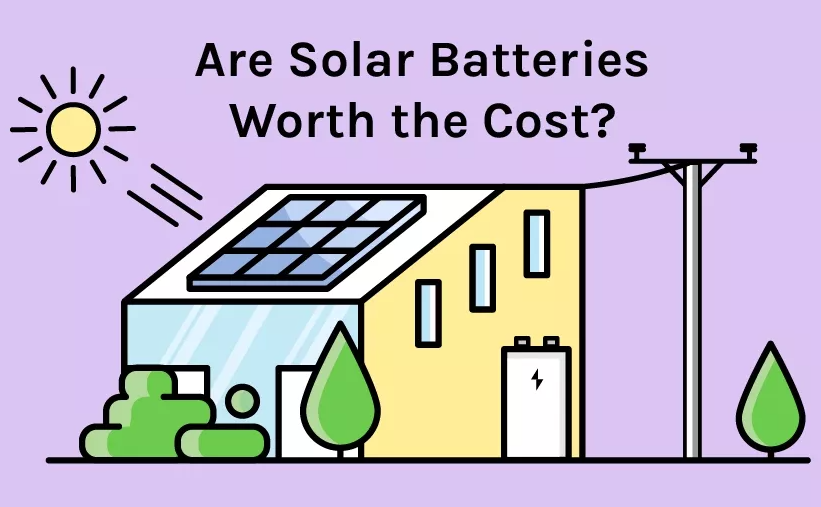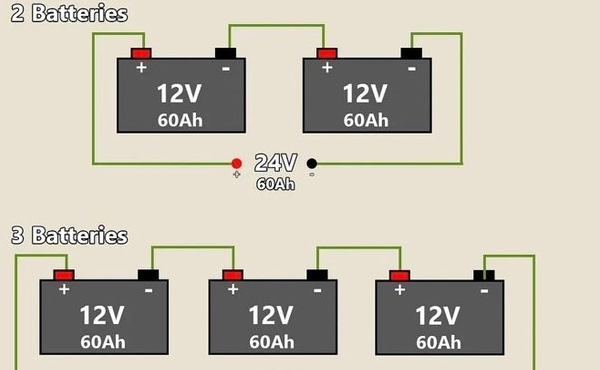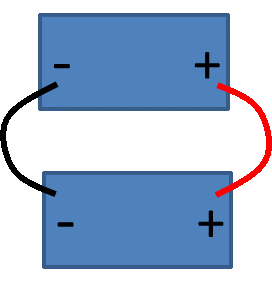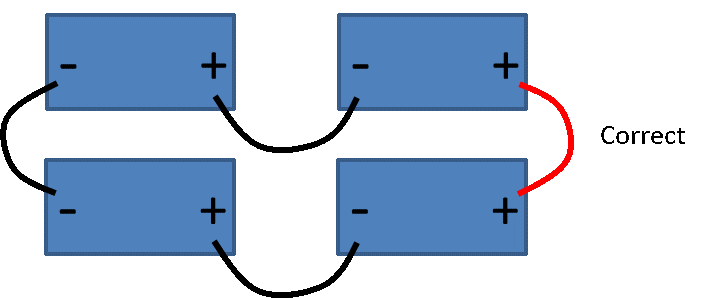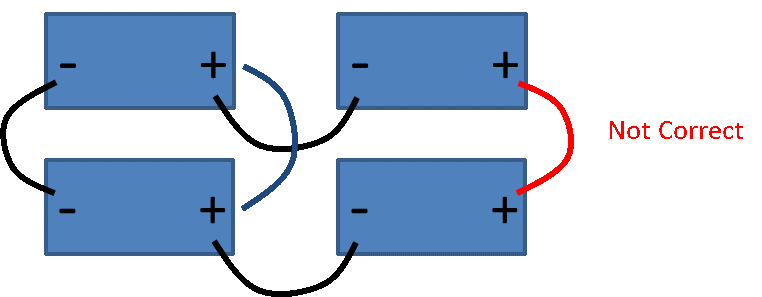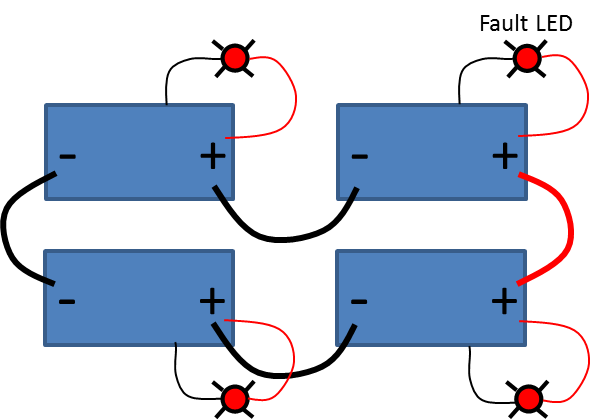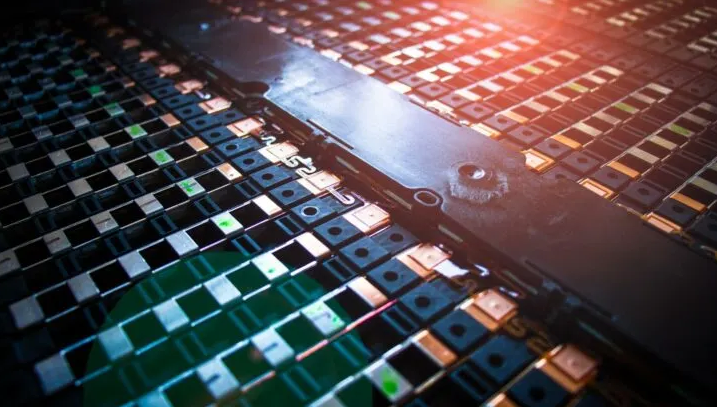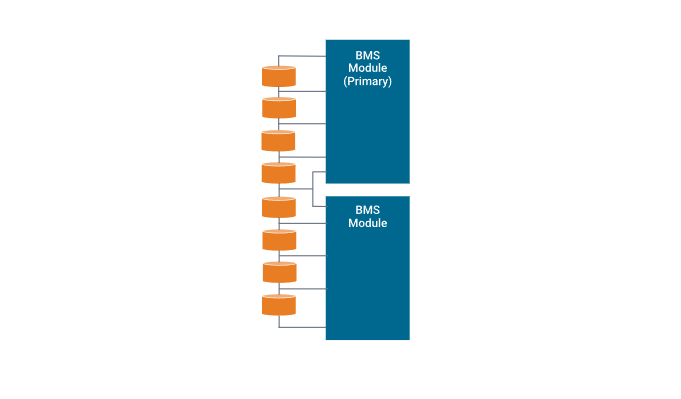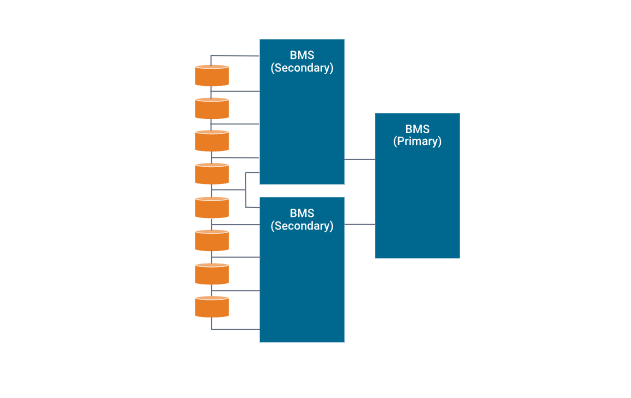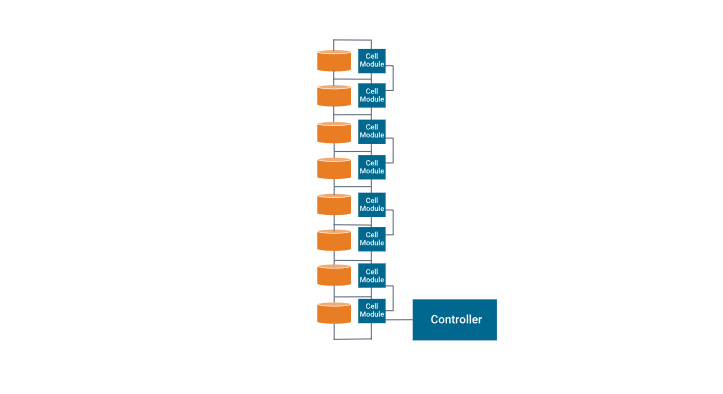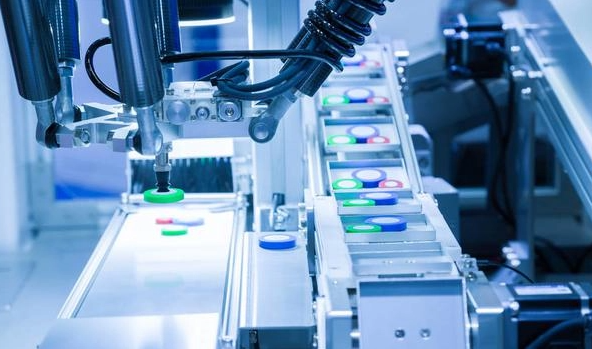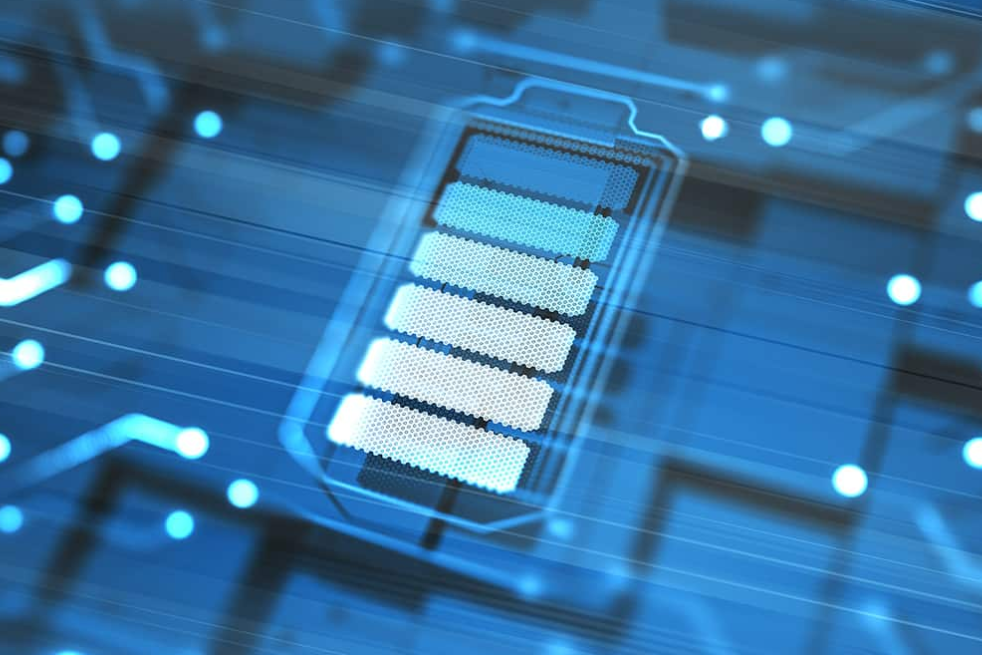Selecting the ideal batteries to power your marine accessories can be a daunting task when you’re out boating. The abundance of options can lead to confusion regarding manufacturer recommendations, specifications, and what truly matters when choosing the right battery.
Optimal performance and efficiency on the water depend on selecting the correct battery size for your trolling motor. In this comprehensive guide, we will provide all the necessary information to help you make the right choice that meets your boating needs. Determining the appropriate size for your lithium trolling motor battery will consider factors such as your usage patterns, available space, and the weight of your boat. It’s essential to strike a balance between having a large capacity and ensuring that it fits the size of your boat.In the following sections, we will explain how to choose the best trolling motor batteries for your boat in simple terms, enabling you to hit the water with confidence.
Understanding Trolling Motor Batteries
1.1 Types of trolling motor batteries
Trolling motor batteries are crucial components of any electric trolling motor system. They provide the power necessary to propel the boat forward, and selecting the right type of battery can greatly impact your boating experience.
Trolling motor batteries are broadly categorized into three types: lead-acid batteries, AGM batteries, and lithium-ion (LiFePO4) batteries. We will discuss the strengths and weaknesses of each type in detail below.
(1) Lead-Acid Batteries: Lead-acid batteries are the most affordable option for trolling motors and therefore the most commonly used type. They come in two varieties – flooded lead-acid batteries and sealed lead-acid batteries (VRLA).
Advantages:
- Affordable
- Widely available
- Easy to find replacement parts
- Can handle shallow discharges
Disadvantages:
- Require regular maintenance, such as filling with distilled water and cleaning terminals
- Shorter lifespan compared to other battery types
- Heavy and bulky
(2) AGM Batteries: AGM batteries are a type of sealed lead-acid battery that delivers power through a glass mat separator. They have become increasingly popular due to their longer lifespan and maintenance-free operation.
Advantages:
- Longer lifespan compared to traditional lead-acid batteries
- Virtually maintenance-free
- More resistant to vibration and shock
- Can handle deep discharges
Disadvantages:
- More expensive than traditional lead-acid batteries
- May not be compatible with all trolling motors on the market
(3) Lithium-Ion Batteries: Lithium-ion batteries are the newest and most advanced option for trolling motor batteries. Their popularity has grown as a result of their extended lifespan and the fact that they require no maintenance.
Advantages:
- Longer lifespan in contrast to traditional lead-acid batteries.
- Lightweight and compact
- Maintenance-free
- Can handle deep discharges
Disadvantages:
- Expensive
- Requires specialized charging equipment
- May not be compatible with all trolling motors on the market
To sum up, the selection of an appropriate trolling motor battery is influenced by various factors such as cost, lifespan, and maintenance requirements. Lead-acid batteries are economical but require frequent upkeep, whereas AGM batteries provide extended lifespan at a higher price point. Lithium-ion batteries are the most advanced option with a high price tag. Being aware of the strengths and limitations of each battery type can help you make an informed decision while selecting the ideal trolling motor battery for your system.
Can I use a Dual Purpose Marine Battery for my trolling motor?
Another battery type you may find during your search is a hybrid cranking/deep cycle battery commonly referred to as a “Dual Purpose” or “Dual Purpose Deep Cycle” battery. You may wonder if these battery types are suitable for use with your trolling motor, and the short answer is yes.
Dual purpose batteries have both the reserve capacity to power accessories long-term as well as the cranking amperage to start outboard engines. These are a versatile battery type and as long as the amp hour rating falls within the guidelines of the below chart these batteries are a great choice for powering trolling motors or other accessories.
Important note: is that when powering a 24 or 36-volt trolling motor system, it is not recommended to use a single battery in the 24 or 36-volt series as a starting battery as it can draw current unevenly from the system and over time lead to battery damage.
Factors to consider when choosing a trolling motor battery
When selecting a trolling motor battery, there are crucial factors to consider beyond just the battery types. The battery capacity, measured in ampere-hours (Ah), is one such factor that determines how much energy the battery can store and supply to the motor. Higher capacity batteries offer longer run times but are heavier and more expensive.
Another critical factor is the voltage of the battery, which should match the power needs of the trolling motor. Typically, 12-volt or 24-volt batteries are used for trolling motors, depending on their power requirements. Using the wrong voltage battery can damage the motor or reduce its efficiency.
For trolling motors with up to 55 pounds of thrust, a single 12V battery is sufficient. More powerful motors up to 80 pounds of thrust require two 12V batteries wired in series to provide a total of 24 volts. The most potent trolling motors generating over 80 pounds of thrust usually require three 12V batteries wired in series to provide a total of 36 volts.
- 55lbs of thrust or less = 12 volts (one battery)
- 68-80lbs of thrust = 24 volts (two batteries)
- 101-112lbs of thrust = 36 volts (three batteries)
It’s worth noting that certain trolling motors are designed to work with specific battery types, so it’s crucial to check the manufacturer’s recommendations before purchasing a battery.
Maintaining your battery is also critical, regardless of its type. For lead-acid batteries, regular maintenance like fluid level checks and terminal cleaning is essential for optimal performance and longevity. AGM batteries require less maintenance but should be periodically checked for charging and storage conditions. Lithium-ion batteries require minimal maintenance but must be charged using a compatible charger to avoid damage.
Selecting the ideal battery for your trolling motor depends on your requirements and budget. It’s vital to consider factors such as capacity, voltage, and compatibility with your motor, as well as the pros and cons of each battery type. Proper maintenance can help ensure that your battery lasts longer and performs at its best.
What Size Battery is Suitable for Trolling?
2.1 Factors to consider when choosing the right battery size
Boat size and weight: The size and weight of the boat are crucial factors to consider when selecting a trolling motor battery size. Larger boats will require larger batteries with higher amp-hour (Ah) ratings to provide enough power to the trolling motor for longer periods.
Trolling motor thrust: The amount of thrust that the trolling motor generates also affects the battery size needed. The higher the thrust, the more power the motor will require, and the larger the battery will need to be to provide enough power.
Fishing conditions: Wind and currents can impact the amount of power needed to operate the trolling motor. Strong winds or currents will require more power, which means a larger battery will be necessary.
2.2 Battery Size for Trolling Motor
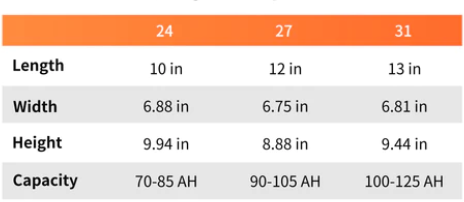
The most common battery group sizes for trolling motors are 24, 27, and 31. However, the appropriate size will depend on the size of your boat, the weight you’re carrying, and the motor’s power requirements.
For smaller boats with lighter loads and less powerful motors, a group 24 battery may be sufficient. Group 24 batteries typically have dimensions of around 10 x 6.88 x 9.94 inches and a capacity of around 70-85 Ah.
For larger boats with heavier loads and more powerful motors, a group 27 or 31 battery may be necessary. Group 27 batteries typically have dimensions of around 12 x 6.75 x 8.88 inches and a capacity of around 90-105 Ah. Group 31 batteries are even larger, with dimensions of around 13 x 6.81 x 9.44 inches and a capacity of around 100-125 Ah.
Choosing the Right Trolling Motor Battery
Choosing the right battery for your trolling motor can be a daunting task, but it’s important to take the time to make the right choice. The following factors should be considered when selecting a battery:
Battery Type
As discussed earlier, the three most common types of batteries for trolling motors are Flooded Lead Acid, AGM, and Lithium Iron Phosphate. Each type has its own pros and cons, and the best option for you depends on your individual needs.
Battery Capacity
Battery capacity is measured in amp-hours (Ah), and it represents the amount of current that the battery can deliver over a certain period of time. The higher the Ah rating, the longer the battery will last. When selecting a battery, it’s important to consider the power needs of your trolling motor and choose a battery with enough capacity to meet those needs.
Battery Voltage
Most trolling motors run on a 12-volt system, but some larger motors require 24 or 36 volts. When selecting a battery, make sure it is compatible with your motor’s voltage requirements.
Group Size
When shopping for a battery, you’ll notice that they are identified by their “group size,” which refers to the physical dimensions of the battery. It’s important to pay attention to group size because it determines where the battery will fit in your boat.
Budget
The cost of a battery can vary greatly depending on the type, capacity, and brand. It’s important to set a budget and choose a battery that fits within that budget, while still meeting your power needs.
Maintenance
Some battery types require more maintenance than others. Flooded Lead Acid batteries, for example, require regular maintenance such as topping off the electrolyte solution with distilled water, while AGM batteries are “maintenance-free.”
By considering these factors, you can choose the right battery for your trolling motor that will meet your power needs and fit within your budget.
Amp-Hour Rating
When comparing different types of marine batteries, it’s important to consider the amp-hour rating, which tells you how much amperage a battery can provide for one hour. This rating is useful because it gives you an idea of how long the battery will be able to maintain a charge while outputting a given amperage. For example, a battery with a 100 amp-hour rating that is powering a trolling motor that is drawing 20 amps will last for 5 hours if it is running constantly (100 amp-hour battery / 20 amps drawn = 5 hours of run time).
For best results with a Minn Kota trolling motor, it’s recommended to use a deep cycle, marine battery with at least a 110-amp-hour rating (usually a Group 27 or higher). If the amp-hour rating is not available, you can also look for a deep cycle battery with a minimum of 180 minutes of reserve capacity. This will ensure that your trolling motor has sufficient power to run smoothly and reliably.
Cranking Amp Rating
When shopping for a trolling motor battery, you may come across a rating called cranking amps. This rating is usually found on cranking/starting batteries for outboard engines and is less relevant for trolling motor use. Cranking amps measure the number of amps a battery can deliver for 30 seconds while maintaining a voltage of at least 1.2 volts per cell (or 7.2 volts total for common six cell batteries). This rating is usually given as CCA (Cold Cranking Amps) or MCA (Marine Cranking Amps), depending on the temperature at which it is measured.
Helpful Battery Tips for Electric Trolling Motor Usage
Here are a few battery tips to keep in mind for efficient usage in electric trolling motors and a prolonged lifespan:
- Never mix different battery types for the same purpose (like using a deep cycle and cranking batteries for power delivery).
- Never mix old batteries with new ones.
- Keep a regular check on the fluid levels of a wet-cell battery and keep them filled to the recommended levels at all times.
- Try maintaining a trickle charge in the off-season and store them in a cool, dry place.
- Recharge the batteries after every trip as soon as possible as leaving batteries drained for an extended period can negatively impact their performance and health.
- Keep terminal connectors corrosion-free by periodically cleaning them with a mixture of water and baking soda.
Frequently Asked Questions
What Size Lithium Battery For Trolling Motor?
For trolling motors, group 24volt-12volt with a 75Ah lithium battery is the ideal one. But if you are looking for the highest lifespan and runtime, lithium iron phosphate batteries will work better.
What Size Battery For Canoe Trolling Motor?
Canoe trolling motors generally come in 12volts,24volth, and 36-volt types. Also, a 12V type motor can easily handle a 12volt battery.
What Size Battery For 24V Trolling Motor?
If you have a 24V trolling motor, you have two alternative options in the battery selection. You can either use two 12-volt batteries or a single 24-volt battery.
What Group Size Battery For Trolling Motor?
Group size mainly determines based on particular vehicle manufacture, model, and engine type. It refers to the size of the trolling motor battery that will perfectly fit with your vehicle required type. For trolling motors, a group 27 rating battery with a minimum 100Ah and reverse capacity of 175 is common and ideal.
What Size Battery For 70lb Trolling Motor?
If your trolling motor has 70lb of thrust, you can use two batteries of 24-volts each.
What Size Battery Do I Need For A 55 lb. thrust Trolling Motor?
For a 55 lb. thrust trolling motor, you need a single group 27 size battery or 12volt deep cycle battery with a minimum110 amp hour rating.
How big of a battery do you need to run a trolling motor?
Selecting Battery Quantity
If the motor is 55 lbs. of thrust or less, you will need (1) 12 volt battery. If you have a motor with more than 55 lbs of thrust up to 80 lbs. of thrust, you will need (2) 12 volt batteries for a total of 24 volts.
How long will a 50 amp hour battery last on a trolling motor?
Many of our customers can comfortably run their trolling motor and other accessories for a full day fishing trip with our 50Ah models. With our 100Ah models, many customers report 2 or more full days of fishing before needing a recharge.
How big of a lithium battery do I need for trolling motor?
If you are running at max power often, using spot lock often, or regularly fish in heavy current you want 100 amp hours or more. The 12V 100Ah battery, the 24V 100Ah battery set or the 36V 100Ah battery set will give you a solid day plus on the water.

